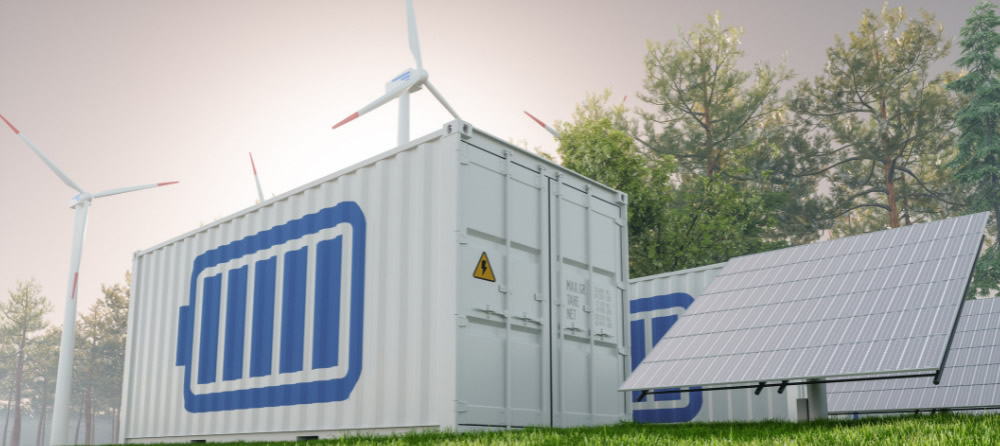Energy Storage Solutions

At Energon Solutions, we design and install advanced energy storage systems (ESS) that store excess solar energy generated by photovoltaic (PV) systems. As renewable energy adoption grows, ESS plays a vital role in ensuring a reliable, efficient, and sustainable supply of electricity.
Why Energy Storage for Solar PV?
Solar PV systems generate power during daylight hours, but energy demand often peaks at other times. Without storage, excess energy goes unused. ESS bridges this gap by storing surplus solar energy for use at night, during cloudy periods, or when demand is high.
Key Design Considerations for ESS
- System Sizing Match storage capacity to PV output and energy demand.
- Battery Technology Select from lithium-ion, lead-acid, or other advanced options based on cost, performance, and sustainability.
- Inverter Selection Ensure compatibility with both solar arrays and ESS for efficient DC-to-AC conversion.
- Charge/Discharge Control Use intelligent controllers to optimize battery cycles and extend system life.
Best Practices for ESS Installation
- System Integration Seamless connection with PV systems and the electrical grid.
- Grounding & Safety Proper bonding and grounding to prevent hazards.
- Monitoring & Control Real-time monitoring of performance, state-of-charge, and temperature for reliability and proactive maintenance.
Benefits of Energy Storage Systems
- Improved Energy Management Store and use solar energy when it’s needed most.
- Increased Grid Stability Reduce strain on the grid during peak demand.
- Enhanced Reliability Provide backup power in case of outages.
By integrating energy storage solutions with solar PV systems, we help maximize renewable energy production, improve efficiency, and create a more sustainable, resilient energy future.


